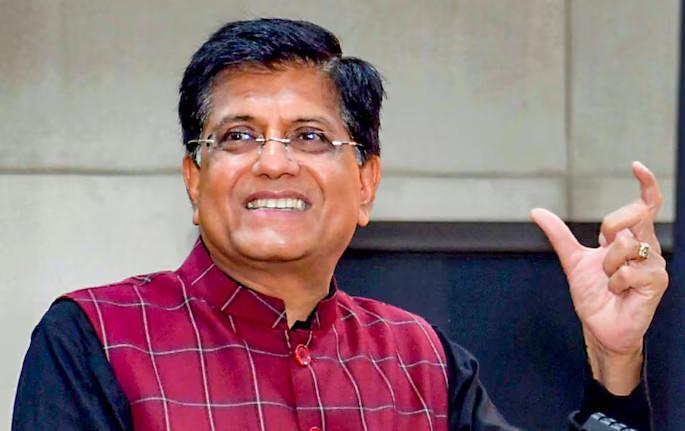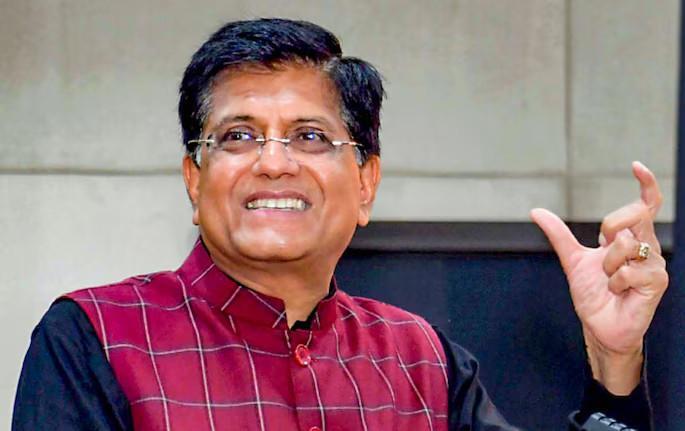
India Aims for Single-Digit Logistics Costs to Compete Globally
The 32nd Convergence India & 10th Smart Cities India exhibition was recently inaugurated by Nitin Gadkari, the Minister for Road Transport & Highways, Government of India. The event, which aims to bring together innovators, entrepreneurs, and policymakers to discuss the latest trends and technologies in the industry, provided a platform for the Minister to share his vision for the country’s infrastructure development. In his speech, Gadkari emphasized the importance of reducing logistics costs in order to make India a more competitive player on the global stage.
According to the Minister, India’s economy is growing rapidly, with infrastructure development playing a key role in this growth. However, Gadkari noted that the country’s logistics costs are currently high, ranging from 14-16% of the total cost of goods. This is significantly higher than the global average of around 8-10%, and is a major obstacle to India’s competitiveness in the global market.
To address this issue, the Minister announced that the government’s goal is to reduce logistics costs to single digits. This is a ambitious target, but one that is essential if India is to rival the likes of China and the US, which have long been leaders in the logistics and supply chain management sectors.
So, what are the challenges facing India’s logistics sector, and what steps can be taken to achieve the goal of single-digit logistics costs?
Challenges Facing India’s Logistics Sector
There are several challenges that India’s logistics sector faces, including:
- Infrastructure: India’s road network is vast, but it is also congested and in need of upgrade. The country’s rail network is also underdeveloped, making it difficult to move goods efficiently.
- Regulatory Environment: India has a complex regulatory environment, with multiple agencies and laws governing the logistics sector. This can make it difficult for businesses to navigate and comply with regulations.
- Capacity Constraints: India’s logistics sector is facing capacity constraints, particularly in urban areas where demand for goods transportation is high.
- Lack of Standardization: There is a lack of standardization in the logistics sector, which can make it difficult for businesses to measure and compare the performance of different logistics providers.
Steps to Achieve Single-Digit Logistics Costs
To achieve the goal of single-digit logistics costs, India will need to address these challenges and implement a range of reforms. Some of the steps that can be taken include:
- Infrastructure Development: The government needs to invest in upgrading India’s infrastructure, including its road and rail networks. This will help to reduce congestion and increase the efficiency of goods transportation.
- Regulatory Reforms: The government needs to simplify the regulatory environment and reduce the number of agencies and laws governing the logistics sector. This will make it easier for businesses to navigate and comply with regulations.
- Investment in Technology: The logistics sector needs to invest in technology, including digital platforms and data analytics, to improve efficiency and reduce costs.
- Standardization: The government needs to promote standardization in the logistics sector, including the development of common standards for goods transportation and the use of standardized processes and procedures.
- Capacity Building: The logistics sector needs to build capacity, including training and development programs for logistics professionals and the development of new skills and competencies.
Conclusion
India’s goal of reducing logistics costs to single digits is an ambitious one, but it is essential if the country is to compete globally. To achieve this goal, the government and the logistics sector will need to work together to address the challenges facing the sector and implement a range of reforms. By investing in infrastructure development, regulatory reforms, technology, standardization, and capacity building, India can reduce its logistics costs and become a more competitive player on the global stage.
Source:






